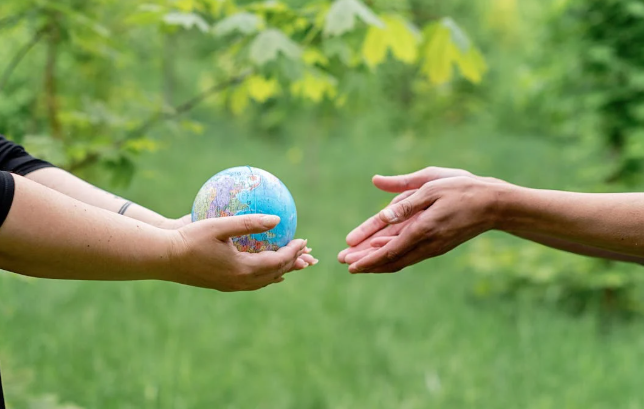
Imagine stepping outside and feeling the sun on your skin—warm, comforting, and energizing. Now imagine if that same sunlight was unfiltered, intense, and dangerous enough to burn your skin in minutes. That’s the kind of world we risked living in before the world came together to protect something we can’t even see with our eyes: the ozone layer.
World Ozone Day, observed every year on September 16, reminds us of a powerful global story—one of science, unity, action, and hope. This year, we celebrate under the theme “From Science to Global Action”, honoring the journey from alarming discovery to international cooperation that saved our sky.
What Is the Ozone Layer—and Why Should We Care
The ozone layer is a thin, invisible shield of gas in the Earth’s stratosphere that absorbs most of the Sun’s harmful ultraviolet (UV) rays. Without it, life on Earth would struggle to survive. Excess UV radiation doesn’t just mean more sunburns—it increases risks of skin cancer, cataracts, crop damage, and can even disrupt the marine food chain.
A Treaty That Changed the World
In the 1980s, scientists discovered something terrifying: a growing “hole” in the ozone layer over Antarctica, caused mainly by man-made chemicals like CFCs (chlorofluorocarbons), which were commonly used in aerosol sprays and refrigerators.
On September 16, 1987, the world responded. The Montreal Protocol was signed—an unprecedented agreement where countries set aside political differences to phase out ozone-depleting substances. It became one of the most successful environmental treaties in history.
Thanks to it, the ozone layer is slowly healing. Scientists predict that by 2050, it could return to pre-1980 levels.

2025 Theme: “From Science to Global Action”
This year’s theme highlights the incredible journey from scientific research to global action. It reminds us how science isn’t just a subject—it’s a lifeline. When researchers raised the alarm about ozone depletion, policymakers listened. The world responded—not with fear, but with cooperation.
In today’s climate crisis, this serves as an important lesson: We can solve big problems—if we act together.
Ozone & Us: Why It Still Matters
It’s easy to think the job is done. But as we invent new chemicals, produce more goods, and expand industries, our atmosphere is still vulnerable. World Ozone Day is not just about history; it’s about the choices we make today.
Will we continue to invest in sustainable technology?
Will we teach our children why protecting nature matters?
Will we consume responsibly, choosing products that are ozone- and climate-friendly?
The answer must be yes.
What Can You Do?
Even as individuals, we can help:
- Use air conditioners and refrigerators responsibly
- Avoid aerosol products with harmful chemicals
- Support eco-friendly brands and practices
- Educate others about ozone protection
- Plant trees—they help regulate the atmosphere
Most importantly, stay informed. Change begins with awareness.
A Lesson for the Next Generation
World Ozone Day is more than an environmental observance. It’s a human story—of mistakes made, lessons learned, and progress achieved. It tells young people that action matters, that science matters, and that even invisible things—like a gas in the sky—can make all the difference.
Let this day be a reminder: when humanity works with humility, courage, and unity, we can rewrite our future.
We may not see the ozone layer every day, but we feel its protection every time we step outside. On this World Ozone Day, let’s honor the silent guardian above us—and commit to guarding it in return.
